Pakistan
Current issues in education, Education challenges Pakistan, Education in Pakistan, Education policy Pakistan, Education reforms Pakistan, Future of education in Pakistan, Higher education in Pakistan, Literacy in Pakistan, Pakistani education system, Schools and colleges in Pakistan, Zeeshan Azhar
Zeeshan Azhar
0 Comments
Education System in Pakistan: Current Issues and Future Prospects
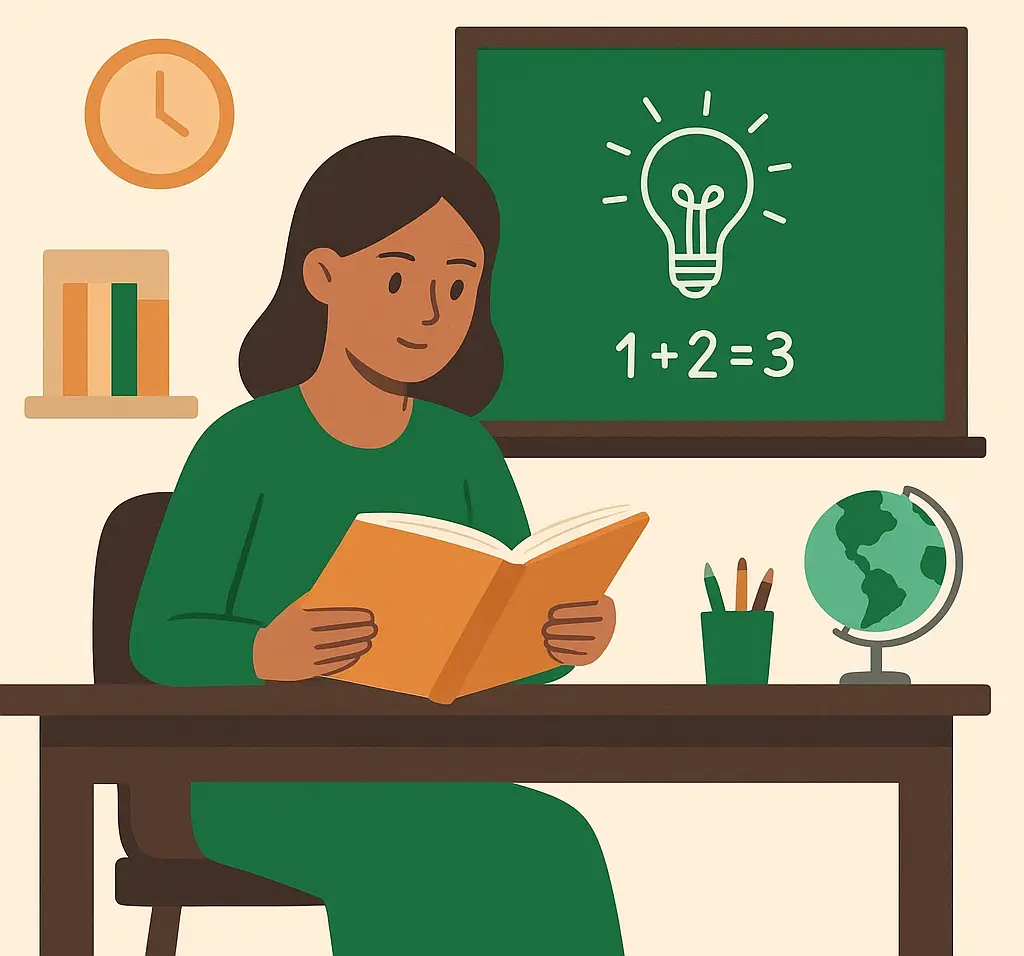
Education is the backbone of any nation’s progress. It equips individuals with knowledge, skills, and the ability to contribute positively to society. Pakistan, being a developing country with a population of over 240 million, faces immense challenges in ensuring quality education for all. Despite progress over the years, the education system still struggles with structural weaknesses, inequality, and outdated approaches. At the same time, there are signs of hope and opportunities that can transform the sector for future generations.
In this article, we will explore the current issues facing Pakistan’s education system and highlight possible future prospects.
Current Issues in Pakistan’s Education System
1. Low Literacy Rate
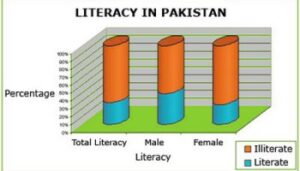
Pakistan’s literacy rate hovers around 58–60%, one of the lowest in South Asia. Millions of children remain out of school, especially in rural areas. According to reports, nearly 23 million children in Pakistan are out of school, the second highest figure in the world. This reflects gaps in access and affordability.
2. Urban-Rural Divide
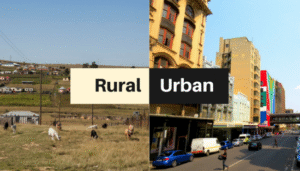
Education in urban centers is more developed, with better schools, private institutions, and resources. In contrast, rural areas often have schools lacking teachers, furniture, and even basic facilities like toilets. This divide creates inequality and limits opportunities for rural youth.
3. Quality of Education
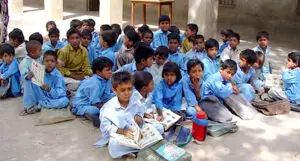
Even when children attend schools, the quality of education is often poor. Outdated curricula, rote learning, and untrained teachers make it difficult for students to develop critical thinking, creativity, and problem-solving skills. Many graduates struggle to compete globally due to these limitations.
4. Multiple Education Systems
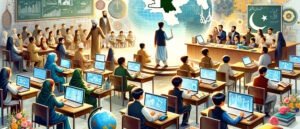
Pakistan’s education landscape is divided into three main systems:
Public schools (often underfunded and overcrowded)
Private schools (ranging from elite institutions to low-cost schools)
Madrassas (religious seminaries, often lacking modern subjects)
This parallel system creates inequality in opportunities and outcomes. Students from different systems rarely enjoy equal chances in higher education or job markets.
5. Lack of Investment

Education in Pakistan receives only about 2% of GDP, far below the UNESCO-recommended 4–6%. This underfunding affects infrastructure, teacher salaries, and curriculum reforms. Without proper investment, systemic improvement remains impossible.
6. Gender Disparity
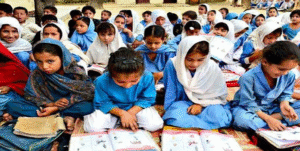
Girls in rural areas face more barriers to education due to cultural restrictions, safety concerns, and lack of nearby schools. While progress has been made in urban regions, the gender gap in education remains a major issue in many districts.
7. Higher Education Challenges
Pakistan’s higher education sector also struggles with quality, research capacity, and international recognition. Many universities lack resources for innovation and modern research, limiting Pakistan’s contribution to global knowledge.
Future Prospects and Solutions
Despite these challenges, Pakistan’s education system holds great potential if reforms are implemented with seriousness. Here are some possible solutions and prospects:
1. Increased Investment

Raising education spending to at least 4–5% of GDP is essential. This would allow better school infrastructure, teacher training programs, and modern learning facilities.
2. Curriculum Reforms
The Single National Curriculum (SNC) is a recent attempt to reduce inequalities by introducing a uniform syllabus. If implemented effectively, it could bring students from diverse backgrounds onto a more equal platform. However, quality and inclusivity must remain priorities.
3. Technology in Education

The rise of digital learning platforms offers opportunities to bridge gaps. Online education, e-learning apps, and digital libraries can provide access to remote areas where physical infrastructure is lacking.
4. Teacher Training and Development
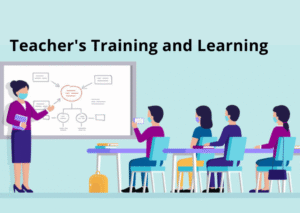
Investing in teacher training is crucial for improving the quality of education. Well-trained teachers can move away from rote learning and foster creativity, critical thinking, and problem-solving skills.
5. Focus on Skills Development
Pakistan’s economy requires skilled professionals in technology, healthcare, engineering, and vocational trades. Incorporating technical and vocational education into the mainstream system can better prepare students for the job market.
6. Promoting Girls’ Education

Special policies and incentives for girls’ education can reduce gender disparity. Providing safe transport, scholarships, and community awareness programs can help more girls complete schooling.
7. Public-Private Partnerships
Collaboration between government, private institutions, and NGOs can strengthen the system. Many organizations already run low-cost schools or support literacy programs in rural areas, and scaling up these initiatives can make a huge impact.
8. Research and Higher Education Development

Pakistan’s universities must focus on research and innovation. Encouraging international collaborations, research funding, and exchange programs can improve higher education standards.
Conclusion
The education system in Pakistan stands at a crossroads. On one side, there are daunting challenges: low literacy, poor infrastructure, inequality, and underfunding. On the other, there are opportunities through reforms, technology, and collective efforts.
If Pakistan prioritizes education as a national emergency, invests in its future, and empowers both teachers and students, the nation can transform its human capital. The road ahead is long, but with commitment and vision, Pakistan’s education system can evolve into one that truly empowers its youth and builds a prosperous future.
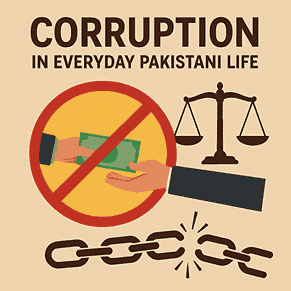

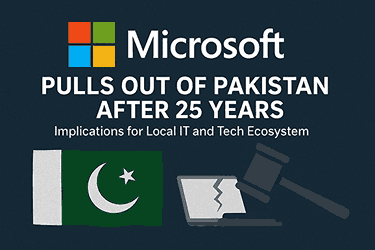
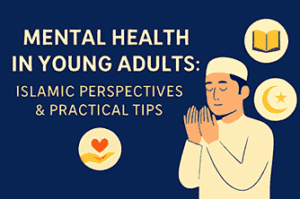

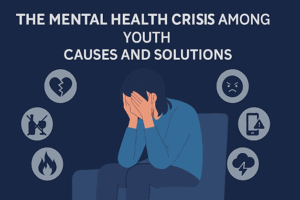
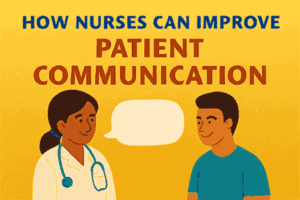



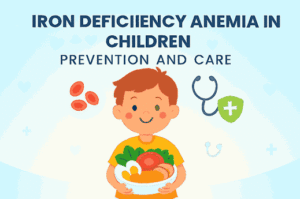

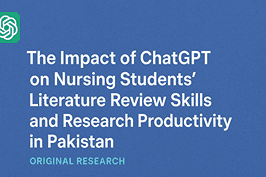
Post Comment